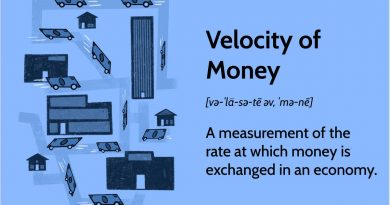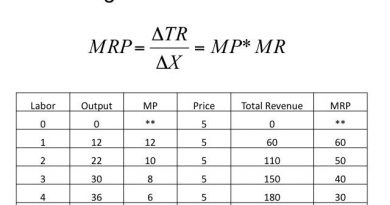Trimmed Mean Definition Example Calculation and Use

Contents
Trimmed Mean: Definition, Example, Calculation, and Use
What Is a Trimmed Mean?
A trimmed mean is a method of averaging that removes a small designated percentage of the largest and smallest values before calculating the mean. The trimmed mean helps eliminate the influence of outliers on the mean.
Trimmed means are used to report economic data in order to provide a more realistic picture.
Key Takeaways
- A trimmed mean removes a small designated percentage of the largest and smallest values before calculating the average.
- Using a trimmed mean helps eliminate the influence of outliers on the mean.
- Trimmed means are used in reporting economic data to provide a more realistic picture.
- Providing a trimmed mean inflation rate, along with other measures, provides a basis for comparison.
Understanding a Trimmed Mean
A trimmed mean helps reduce the effects of outliers on the calculated average. It is best suited for data with large deviations or skewed distributions.
A trimmed mean is stated as a mean trimmed by x%, where x is the sum of the percentage of observations removed from both the upper and lower bounds. The trimming points are often arbitrary, removing the lowest and highest values by a percentage, leaving the mean to be calculated from the remaining data.
A trimmed mean is seen as a more realistic representation of a data set as the few erratic outliers have been removed. A trimmed mean is also known as a truncated mean.
Trimmed Means and Inflation Rates
A trimmed mean may be used in place of a traditional mean when determining inflation rates from the Consumer Price Index (CPI) or personal consumption expenditures (PCE). The CPI and the PCE price index measure the prices of baskets of goods in an economy to identify inflation trends.
The levels that are trimmed from each tail may not be equitable, as these values are based on historical data to reach the best fit between the trimmed mean inflation rate and the inflation rate’s core.
Food and energy costs are generally considered the most volatile items, so the non-core area is not necessarily indicative of overall inflationary activities.
When the data points are organized, they are placed in ascending order based on prices. Specific percentages are removed from the tails to lower the effect of volatility on the overall CPI changes.
Trimmed means are used in the Olympics to remove extreme scoring from biased judges that may impact an athlete’s average score.
Providing a trimmed mean inflation rate along with other measures, allows for a more thorough analysis of the inflation rates being experienced. This comparison may include the traditional CPI, the core CPI, a trimmed-mean CPI, and a median CPI.
Example of a Trimmed Mean
As an example, a figure skating competition produces the following scores: 6.0, 8.1, 8.3, 9.1, and 9.9.
The mean for the scores would equal:
- ((6.0 + 8.1 + 8.3 + 9.1 + 9.9) / 5) = 8.28
To trim the mean by a total of 40%, we remove the lowest 20% and the highest 20% of values, eliminating the scores of 6.0 and 9.9.
Next, we calculate the mean based on the remaining values:
- (8.1 + 8.3 + 9.1) / 3 = 8.50
In other words, a mean trimmed at 40% would equal 8.5, which reduced the outlier bias and increased the reported average by 0.22 points.



